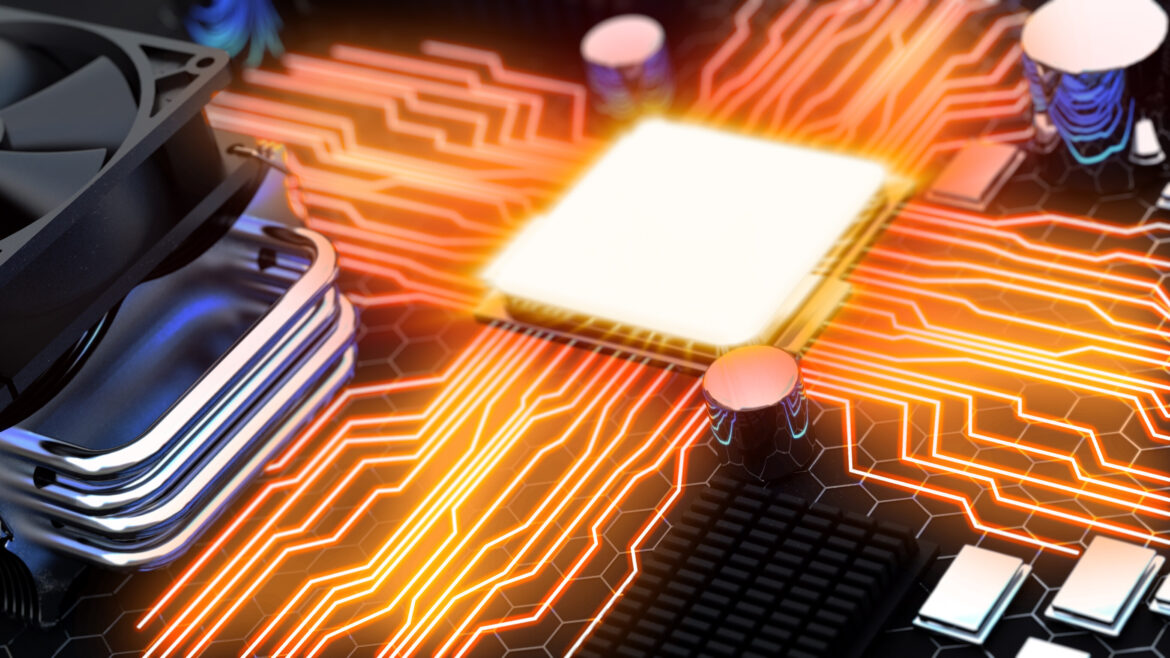Surging demand for AI computing is heating up the chip market

Following its mammoth deal with OpenAI just last week, AMD announced another big deal to supply compute to Oracle’s cloud services. In an initial deployment of 50,000 MI450 series GPUs into Oracle Cloud Infrastructure data centers starting in Q3 2026, Oracle will be among the first to have a GPU built on TSMC’s 2nm process. If the compute logic of the accelerator delivers the 30% power improvement and 15% performance gain TSMC promises, it may help conquer two major bottlenecks in the deployment of AI compute, as well as deliver superior compute logic for AI inference.
Custom inference chips could help drive down soaring costs, which will be a major factor in the AI accelerator race that Nvidia is currently winning. In an attempt to break free of Nvidia’s dominance, custom-designed silicon is emerging as an alternative, as evidenced by Google with Trillium TPU; Amazon with Inferentia and Trainium; Meta with MTIA; and most recently, OpenAI’s partnership with Broadcom (to design chips and systems that Broadcom will develop and deploy). If OpenAI’s custom accelerators manage inference at scale, Nvidia could lose some of the high-margin workloads that make up the bulk of its data-center revenue.
These chips will be a fundamental building block of computation as workloads grow in size and complexity within data centers. Robust loads driven by AI applications are the subject of a recent forecast by 451 Research, which predicts data centers across the United States will require 22% more grid power by the end of 2025, with demand expected to nearly triple by 2030. The report projects that utility power provided to hyperscale, leased, and crypto-mining data centers will increase by roughly 11.3 GW in 2025, reaching 61.8 GW — a figure that is expected to rise to 75.8 GW in 2026, 108 GW in 2028, and 134.4 GW by 2030.
Utilities nationwide are looking to forecasts for some clarity in a market filled with uncertainty about the pace of power demand, the capacity of the grid, and the availability of large-scale, on-site power alternatives.

Susana Schwartz
Technology Editor
RCRTech
AI Infrastructure Top Stories
AMD jumps to 2 nm first: The Instinct MI450 will be the first GPU built on TSMC’s 2 nm process, with Oracle and OpenAI deployments slated for H2 2026.
New era of custom silicon: Custom inference chips could help drive down soaring costs — but Nvidia isn’t going anywhere soon.
DC power use rises: U.S. grid demand will grow 22% in 2025 and nearly triple by 2030, driven largely by hyperscale and AI workloads, says 451 Research.

AI-Powered Telecom Infrastructure
Supermicro, in collaboration with NVIDIA, delivers AI-powered infrastructure tailored for telcos, enhancing operational efficiency, network management, and customer experiences. Explore now
AI Today: What You Need to Know
AI Infra in Europe: Nscale contracts approximately 200,000 NVIDIA GB300 GPUs with Microsoft.
Nvidia in Australia: Renewables will be a focus for Nvidia’s $2.9 billion AI data center project.
Firmus partnership: AI cloud firm partners with CDC for Australian data center capacity.
All-time high: Taiwan Semiconductor smashes Q3 earnings target, beating analyst estimates for the third quarter.
El Paso DC: $800 million invested in city to secure water supply agreement for a “closed-loop” liquid cooling system that will recycle water.
Next-gen DC: ABB to combine expertise in cutting-edge DC and solid-state electronics to support 800 VDC architecture announced by NVIDIA.
Custom systems: Rebellions joins Arm Total Design to drive next-gen AI infrastructure solutions.


